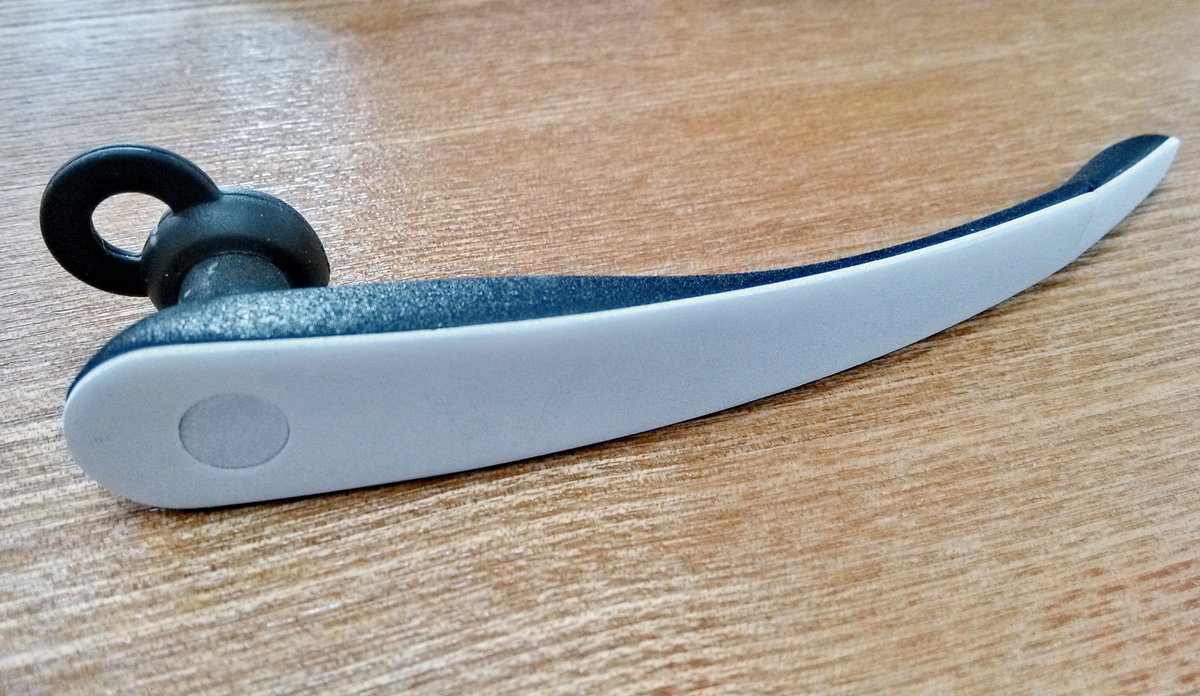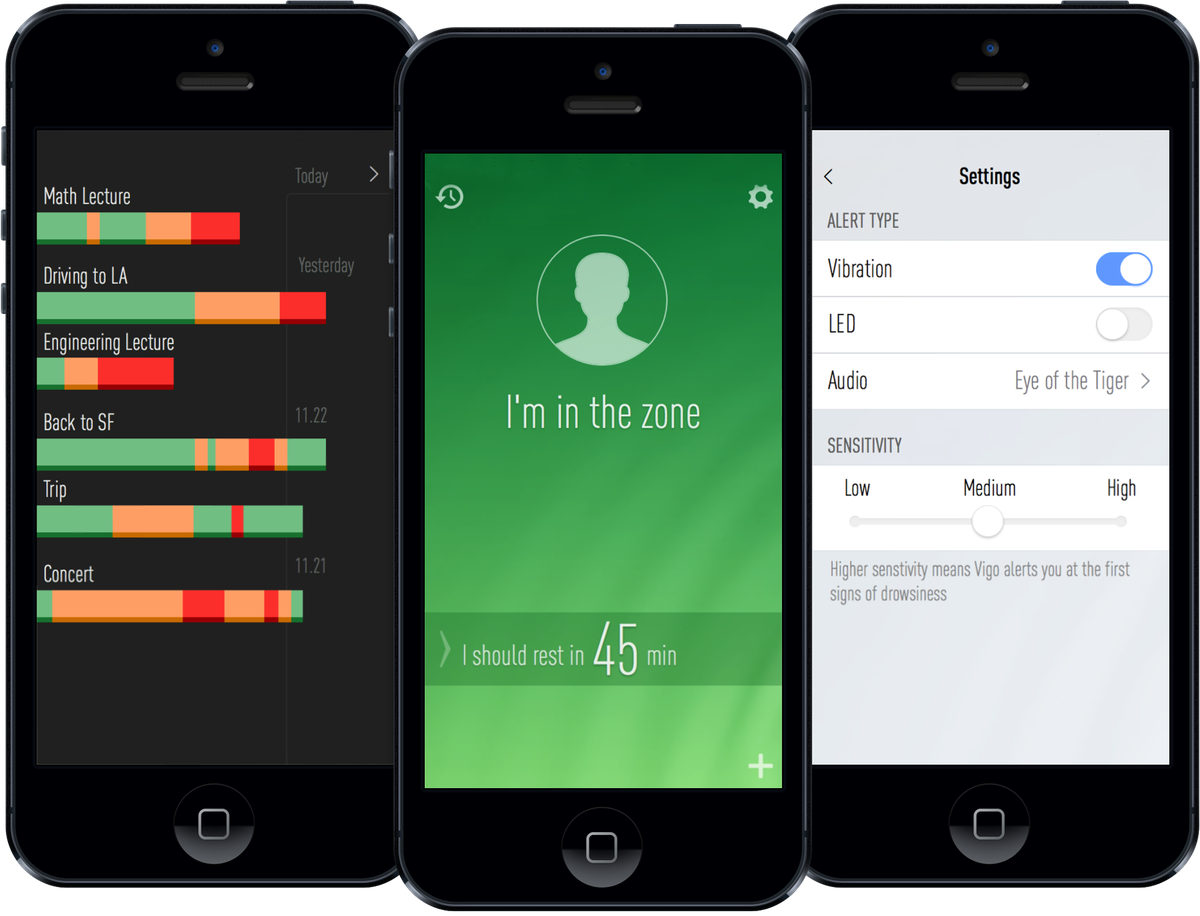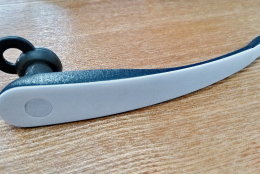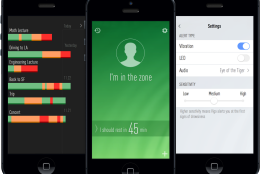



WASHINGTON – Are you tired?
In a region full of overachievers, where getting a full night’s sleep is often unattainable, many struggle to stay awake during the day, dragging and drowsy.
Maybe three college students, used to pulling all-nighters and powering through with energy drinks, have the solution – a wearable device that tells you when you’re tired, and offers suggestions on how to stay awake.
“Vigo is a personal energy gauge,” says co- founder Jason Gui, who developed the product with Drew Karabinos and Jonathan Kern. “It can nudge you when you’re feeling drowsy.”
While some might question whether they need a lightweight wearable device, which extends from the ear toward the mouth, to tell them they’re sleepy, Gui says Vigo helps track and quantify how and when a user starts drooping, with the goal of becoming more productive.
Now in the Kickstarter stage, Gui says sensors monitor signs of sleepiness, and a companion smartphone app will visualize the information to allow user to see patterns and make changes in a daily routine.
In its marketing, Vigo claims it can keep drivers alert on long drives, help office workers remain efficient, enable students to stay alert during lectures, or even prevent nodding-off during a boring date.
How Vigo works
An infrared sensor measures eye activity, and an accelerometer tracks head movement, says Gui.
“The infrared looks for drooping eyelids, or changing blink rates, and the accelerometer tracks if your head is bobbing up and down,” he says.
“The infrared isn’t dangerous to your eyes. We’re designing Vigo to comply with standards to make sure the amount of infrared it’s emitting is really minimal amounts. We’re exposed to infrared all the time, from fluorescent lights and computer screens. There’s no more infrared than having a computer screen next to you.”
If the device senses the wearer is in danger of falling asleep, “It alerts you in one of three ways: flashing warning lights, or through a vibration in your ear, or through an audio alert, like playing a pump-up song to get you back into the zone,” says Gui.
Vigo starts logging data as soon as the wearer puts it on, and doesn’t stop until it’s taken off.
With the smartphone app, the user can type in events of the day. The software illustrates at what points in the day the wearer lacks energy, and offers suggestions: coffee, nap, stretch, squat, jog, exercise.
Vigo will work with any iOS or Android phone that supports Bluetooth 4.0
Google Glass: Friend or foe
With the explosion of wearable devices, in the age of the Internet of Things, makers of new gadgets face the challenge of getting products to market before a competitor does.
DriveSafe for Glass also monitors eye blinks and head movement, and alerts a drowsy driver.
Currently Google Glass costs $1500 and isn’t available to the public. In its Kickstarter effort, Vigo is priced at $79, although after production it will cost between $80-100, says Gui.
“We’re actually talking with those guys this afternoon to see if there’s any potential for collaboration, since we’re all targeting the same problem of unintentional drowsiness.”
Gui’s interest in potentially working with DriveSafe for Glass isn’t limited to tacking a societal problem – it’s a substantial business opportunity.
“If Google Glass takes off, that’s good for us because we could port our software to Glass, and we be be relieved of the burden of building hardware and we could focus on the software and improving our algorithm,” says Gui. “That would be an ideal situation for us.”
Gui can envision potential customers being interested in the functionality of Vigo, at a fraction of the price of Glass, albeit with fewer capabilities.
A trucking or taxi fleet would likely be willing to outfit drivers with a sub-$100 device, but not a far more expensive Google Glass.
“If Google Glass is able to sell at a much lower price and go mainstream, that’s definitely a really big opportunity for us,” says Gui.
See how Vigo works:
Follow @WTOP and @WTOPtech on Twitter.







